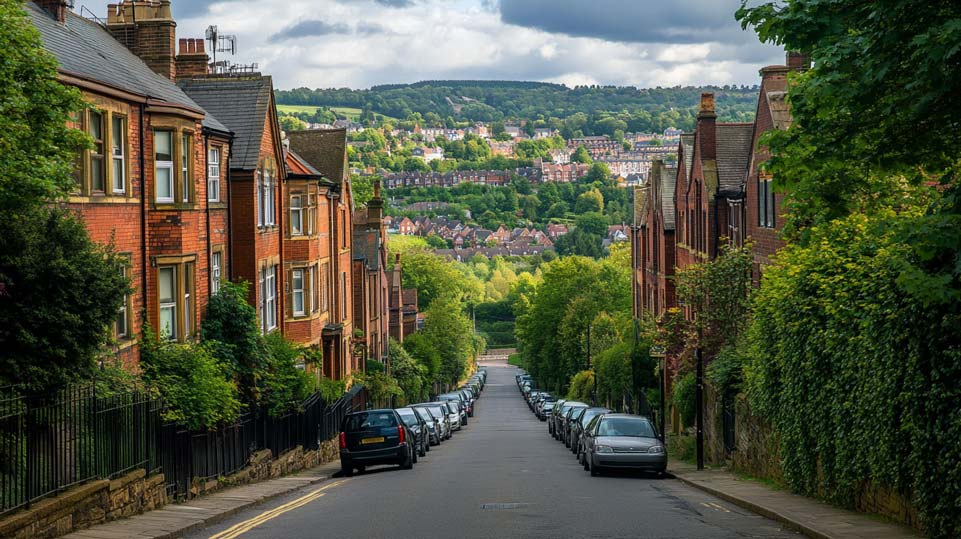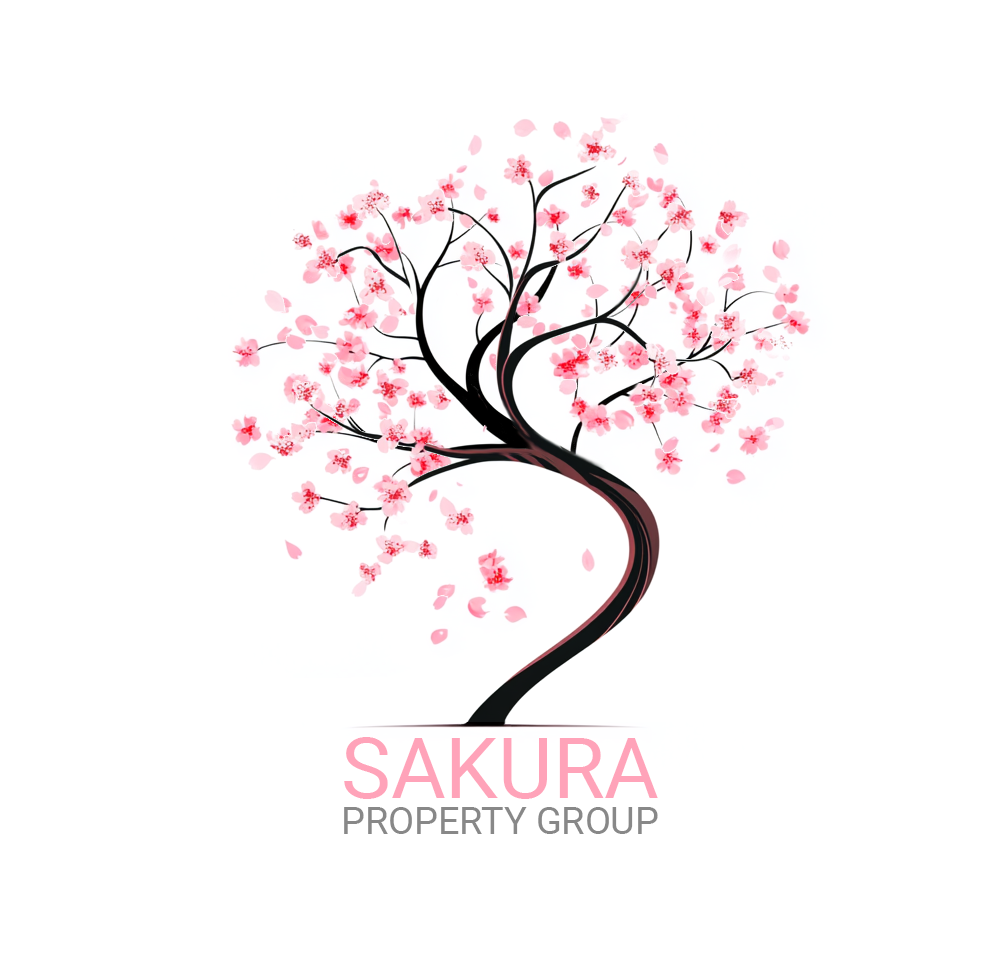The South Yorkshire property market offers a variety of ownership options, with leasehold and freehold properties being the primary forms of property transactions. As an estate agent in this vibrant region, it’s essential to understand the distinctions between these two ownership types. With over 4.86 million leasehold dwellings in England—accounting for roughly 20% of the total housing stock—this knowledge is vital for guiding clients effectively.
The UK government’s recent announcement to ban leaseholds on newly built houses is set to reshape the property landscape, likely increasing the focus on freehold properties in new developments. This shift will have significant implications for the estate agency sector in South Yorkshire. Additionally, the cost of lease extensions, which can reach thousands of pounds, is a critical consideration when advising clients on leasehold properties. Understanding these factors enables estate agents to provide informed guidance in this evolving market.
Property Ownership in South Yorkshire
South Yorkshire’s property market is characterised by a mix of leasehold and freehold properties. Freehold ownership, where the owner holds full rights to both the building and the land it stands on, is common in many of the region’s houses. This option offers the security of full control without additional costs like ground rent or service charges. In contrast, leasehold properties—more typical in flats and some houses—grant ownership of the property for a set term, while the land remains under the freeholder’s control.
For estate agents, effectively communicating the legal differences between leasehold and freehold properties is crucial. This knowledge not only impacts purchase decisions but also influences long-term ownership, maintenance responsibilities, and potential future costs. As government reforms continue to shape the market, staying informed is key to offering top-notch service in South Yorkshire’s competitive property environment.

The Intricacies of Leasehold and Freehold in South Yorkshire’s Property Market
Generally, South Yorkshire’s property market overview reflects the broader UK landscape, offering both leasehold and freehold options. Freehold properties, including traditional terraced houses and detached homes, provide owners with complete control over their property, making them an attractive choice for many buyers. Leasehold properties, on the other hand, are prevalent in apartment complexes and some newer developments, where buyers own the property for a fixed term but not the land it’s built on.
Understanding these ownership structures is essential for estate agents, who must guide clients through the implications of each option. This includes explaining ongoing costs, like service charges and ground rent for leasehold properties, and the responsibilities associated with freehold ownership.
In South Yorkshire, city centres like Sheffield feature more leasehold apartments, catering to urban living preferences, while suburban areas offer a higher proportion of freehold houses. This diversity requires estate agents to tailor their advice to the specific needs and preferences of their clients.
The region’s industrial heritage has shaped its housing stock, with many traditional freehold terraced houses reminiscent of the area’s mining past. These properties, often with their distinctive stone facades, represent a piece of South Yorkshire’s history and offer buyers, and those looking for property investment in South Yorkshire, the chance to own a slice of local heritage.
On the other hand, the regeneration of city centres like Sheffield and Doncaster has led to the development of modern leasehold apartments. These properties cater to a different demographic, often young professionals or downsizers looking for low-maintenance living in urban areas. The rise of these developments has transformed the skylines of South Yorkshire’s cities, reflecting the region’s evolution from its industrial roots to a modern, diverse economy.
Exploring Leasehold and Freehold Properties in South Yorkshire
The Historical Context of Property Ownership in South Yorkshire
South Yorkshire’s property landscape is deeply influenced by its industrial past, with many traditional freehold terraced houses that were once home to workers in the coal and steel industries. These properties, often built in the late 19th and early 20th centuries, continue to be a significant part of the region’s housing market, offering buyers a chance to own a piece of local history.
Buying a property in South Yorkshire often means engaging with this rich architectural heritage. Estate agents play a crucial role in helping buyers understand the historical significance of these properties and the benefits of freehold ownership in such contexts.
Modern Developments and the Rise of Leasehold Properties
In contrast, the region has seen a rise in modern leasehold developments, especially in urban centres undergoing regeneration. Cities like Sheffield and Doncaster have seen significant growth in leasehold apartments, catering to a demographic seeking low-maintenance living with amenities such as gyms and concierge services.
The Financial Implications of Leasehold vs Freehold
Financial considerations are crucial when choosing between leasehold and freehold properties. Freehold homes, while potentially more expensive upfront, offer long-term control with fewer ongoing costs. Leasehold properties, though often more affordable initially, involve ongoing expenses such as ground rent and service charges, which can add up over time.
South Yorkshire property taxation is another area where the differences between leasehold and freehold become apparent. Estate agents should be prepared to discuss how these ownership types can affect property taxes and overall cost of ownership.
Legal Considerations for Leasehold and Freehold Properties
Navigating the legal aspects of leasehold and freehold properties requires careful consideration. Freehold ownership is generally straightforward, but leasehold arrangements can involve complexities such as lease lengths, extension costs, and adherence to freeholder regulations. Estate agents must be well-versed in these issues to guide clients effectively.
The legal aspects of buying and selling in South Yorkshire are crucial knowledge areas for any estate agent aiming to provide comprehensive advice to clients.
Future Trends in South Yorkshire’s Property Ownership Landscape
As government reforms continue to influence the property market, estate agents in South Yorkshire must stay informed about changes affecting leasehold and freehold ownership. This ongoing education is essential for providing clients with the most current and relevant advice.
South Yorkshire housing market predictions can offer valuable insights into future trends in property ownership. As the market shifts, understanding the long-term implications of leasehold and freehold ownership becomes even more critical for buyers and investors.
By understanding the nuances of leasehold and freehold properties, estate agents can help clients navigate the complexities of a diverse property market, ensuring they make informed decisions that align with their financial and lifestyle goals – particularly important for first-time buyers in South Yorkshire.

Next Steps: Maximising Your Property Knowledge in South Yorkshire
Key Takeaways and Action Points
To stay ahead in the South Yorkshire property market, estate agents should:
- Stay Informed: Regularly update your knowledge of local market trends and legislative changes.
- Educate Clients: Provide clear, concise explanations of the differences between leasehold and freehold properties.
- Network with Legal Professionals: Collaborate with solicitors who specialise in property law for expert advice.
- Attend Property Seminars: Participate in local and online seminars to stay informed about regional trends.
- Utilise Technology: Implement property management software to track important details for your clients’ properties.
For those looking to deepen their understanding, the Royal Institution of Chartered Surveyors (RICS) offers courses and resources on property ownership types. Additionally, the Leasehold Advisory Service provides free information and advice on leasehold properties.
By expanding your knowledge and staying current with market trends, you’ll be better equipped to navigate the South Yorkshire property market and provide excellent service to your clients, whether they’re interested in leasehold or freehold properties.







